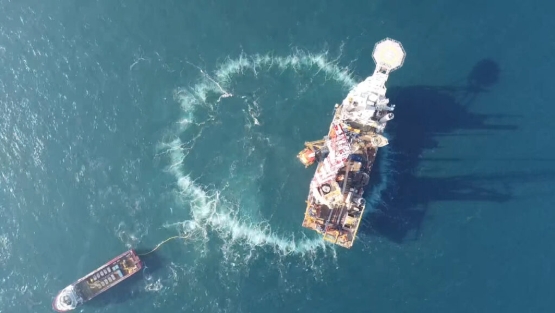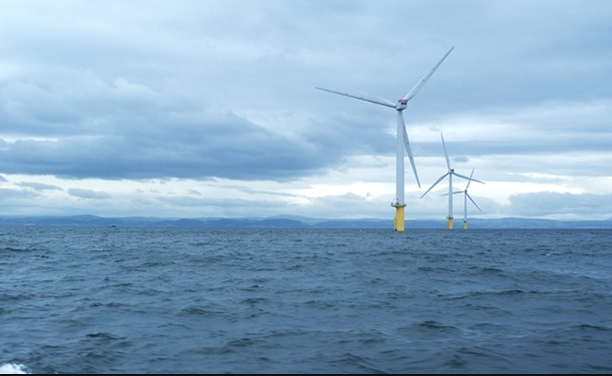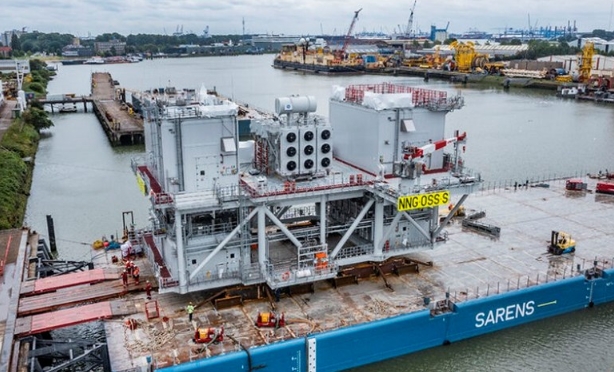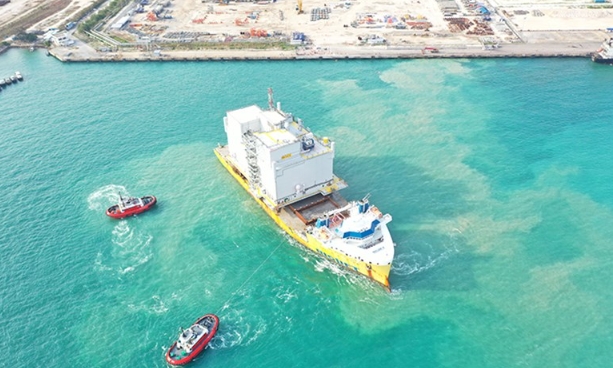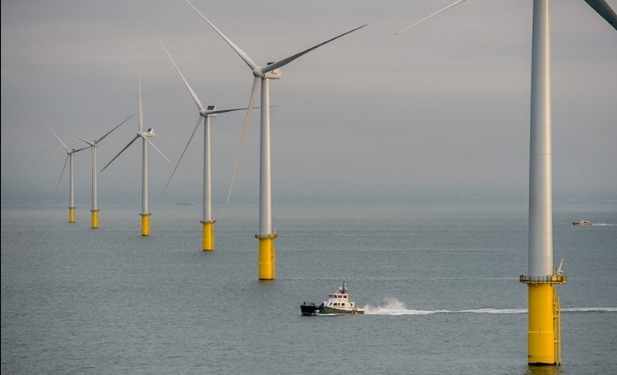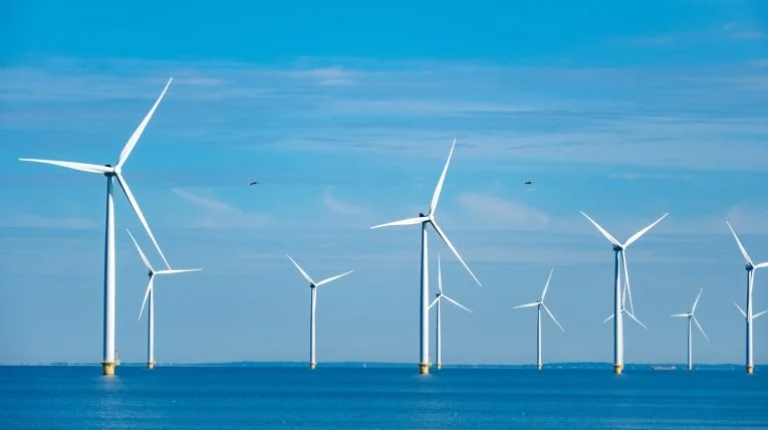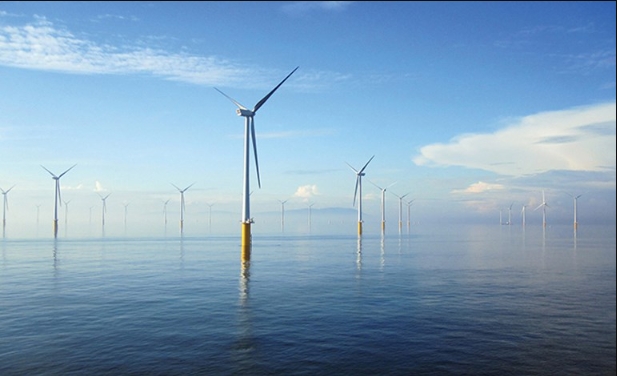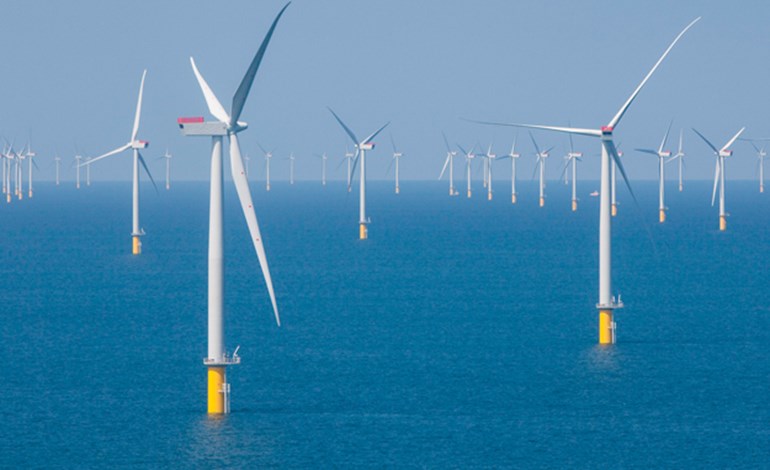
The Offshore Renewable Energy (ORE) Catapult’s second annual Offshore Wind Supply Chain Confidence Survey, released today has found confidence within the offshore wind sector remains high, despite a challenging 12 months.
The analysis, made during October and November 2023, revealed companies within the sector remain positive of growth in both revenue and employment over the short, medium, and long term, although overall confidence has declined since last year’s survey, reflecting tough market conditions.
Since the survey, the UK government’s announcement of a significant increase in the administrative strike price for the next CfD Allocation Round 6 (AR6), reflecting cost pressures and a lack of offshore wind projects bidding in the AR5 auction, has been well received by the industry.
“Ambitious national deployment targets and a large pipeline of projects support a high degree of confidence in continued growth within the UK’s offshore wind industry over the coming years,” said ORE Catapult chief executive Andrew Jamieson.
“That is fantastic news and will ensure that we maintain the UK’s standing as a frontrunner in global offshore wind.
“The UK government’s recent AR6 announcement reflects its commitment to the sector and the pivotal role that offshore wind must play in achieving Net Zero.”
RenewableUK’s chief executive Dan McGrail added: “The offshore wind industry is working closely with the Government to maximise the number of jobs we can deliver and the amount of private investment we can attract at a time of intense international competition.
“We are focussing on growing new supply chains throughout the country in the Industrial Growth Plan which we’re developing with Ministers. This will enable us to serve projects here as well as exporting our cutting-edge technology worldwide.
“The industry estimates that the offshore wind supply chain could boost the UK’s economy by £92 billion by 2040, and the confidence demonstrated in the survey demonstrates we’re on the right track.”
The report saw 123 companies from every region of the UK particpate, demonstrating the wide and diverse reach of the industry throughout the country, with the north-east of England and Scotland seeing the highest levels of response. Over half of the respondents were from the renewables sector (51%), 26% were from oil and gas, and the remainder was split between transport, construction, and chemical industries.
The study found potential barriers to growth identified include skills shortages and visibility of the future pipeline of projects. These align with and reinforce the Independent Report of the Offshore Wind Champion, Tim Pick, published in March 2023. The Offshore Wind Industry Council has also commissioned an Industrial Growth Plan as part of its response to the report, due to be published in early 2024. This will be critical in securing the growth opportunity from offshore wind.
The survey identified challenges in attracting a skilled technical workforce, with recruitment proving more of a challenge than retention from most respondents.
Wider research from ORE Catapult indicates the greatest skills demand focuses on mechanical and electrical engineering qualifications at all levels but identifies an industry that is willing and able to provide sector and role specific training.
Despite such challenges, companies did reflect increasing optimism regarding future employment growth from offshore wind related business, with 63% predicting an increase in employment over the next year, increasing to 89% over the period to 2030.
Among other recommendations, the survey report advocates a significant increase to the existing industry target of 2.5% of employees being in apprenticeships, to substantially broaden the pipeline of talent flowing into the offshore wind sector. The OWIC Investment in Talent Group has recognised this challenge and is well placed to drive this forward.
Further barriers identified were visibility of future business and procurement opportunities in the offshore wind sector, and information on global market requirements to enter the offshore wind sector.
The survey report recommends a single, national portal populated by all project developers with procurement opportunities made visible. Further investment in programmes to facilitate the transition into offshore wind from other sectors, such as technology transfer support, access to bespoke market intelligence, and supply chain readiness advice, is also recommended.
The UK supply chain has a unique opportunity to provide products and services to the rapidly growing global Offshore Wind market states the study. Increased visibility of global market projections and the export support offered by UK government could help alleviate some industry concerns, allowing them to increase investment in skills development, manufacturing equipment and jobs it added.
